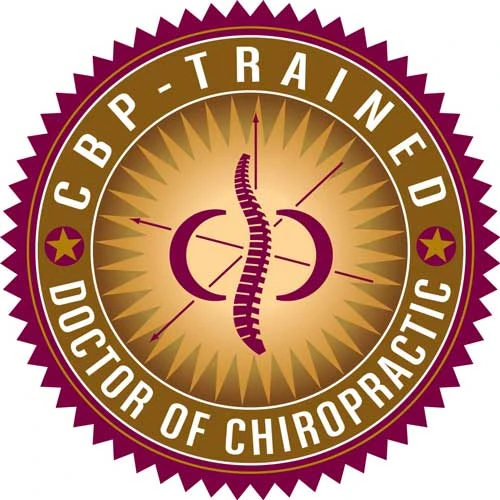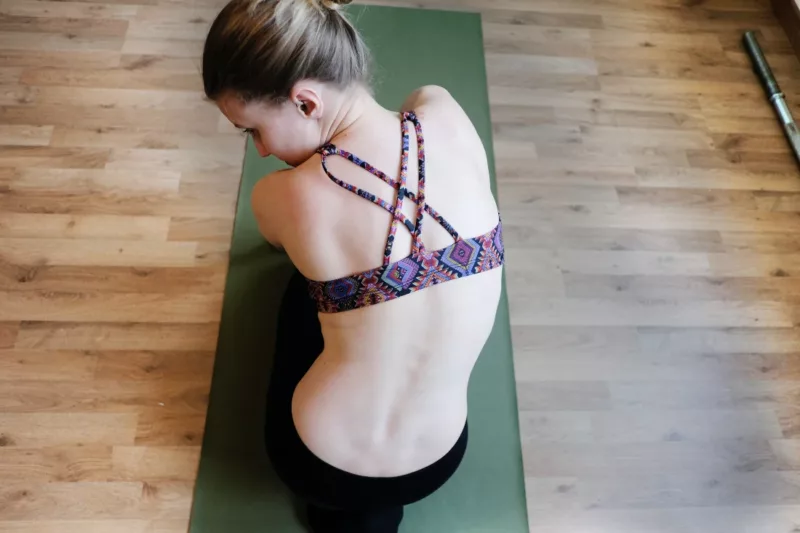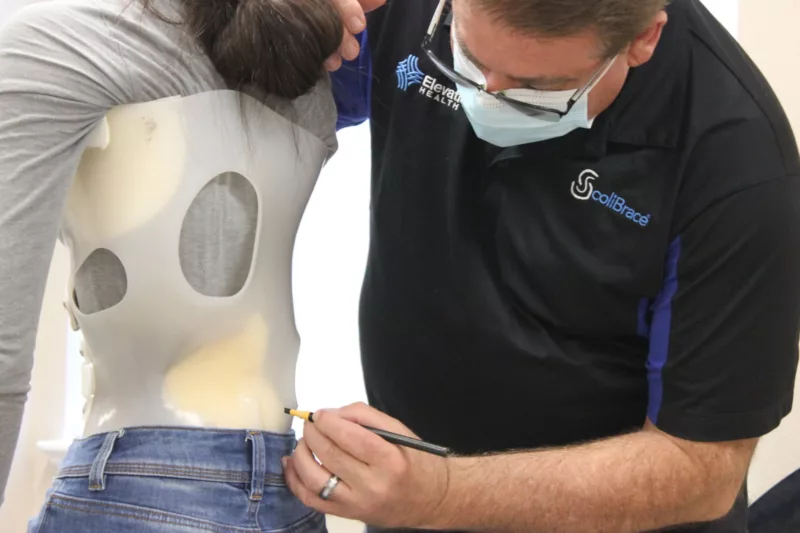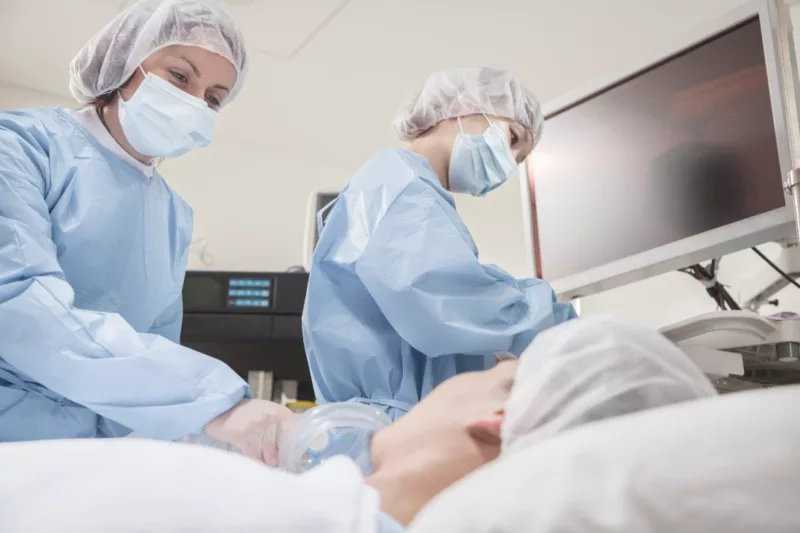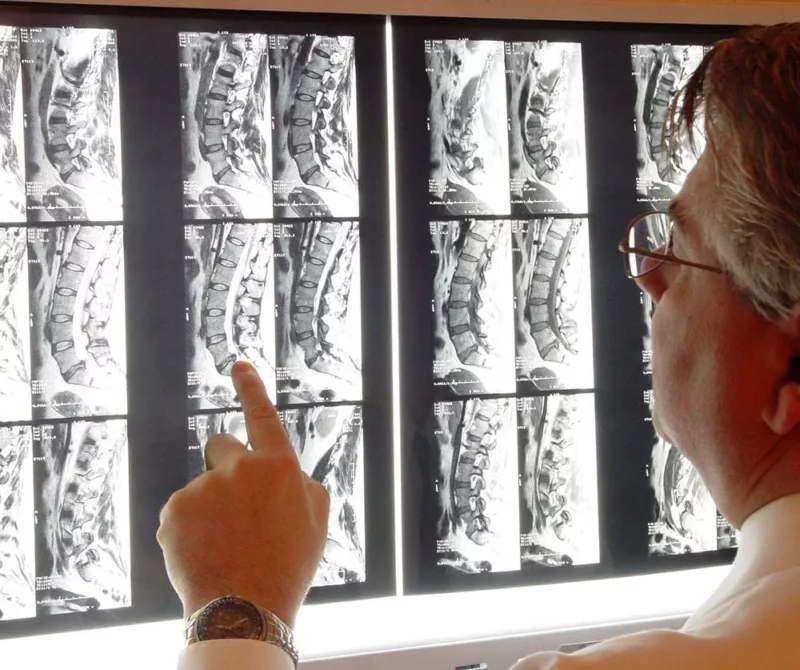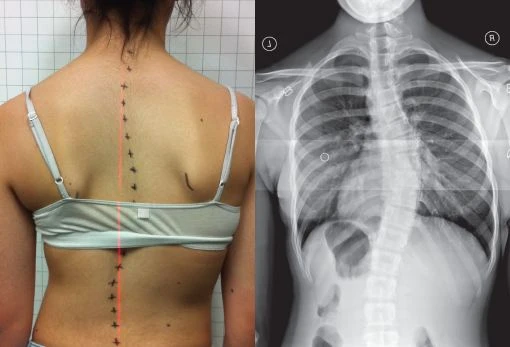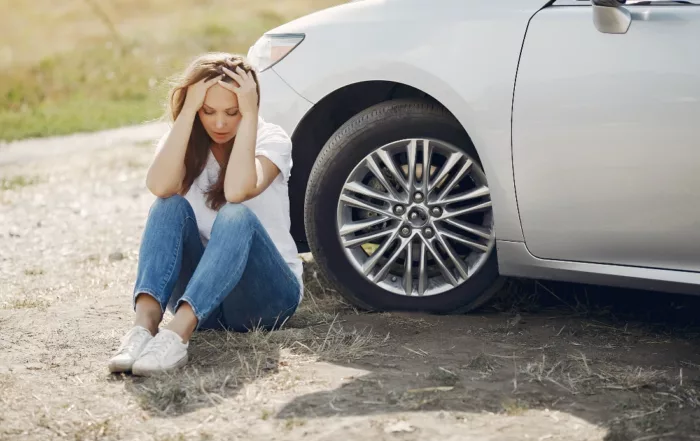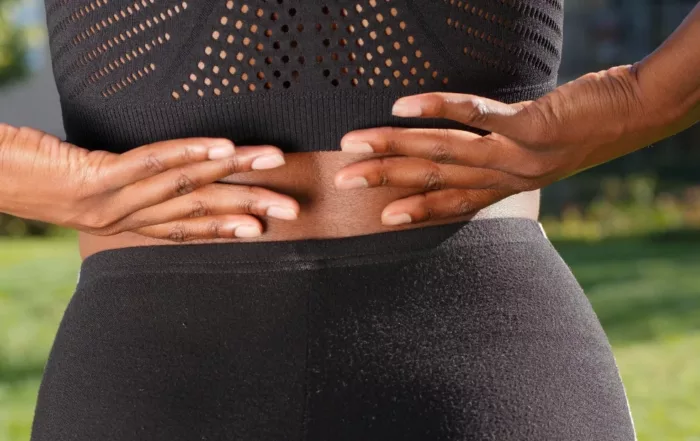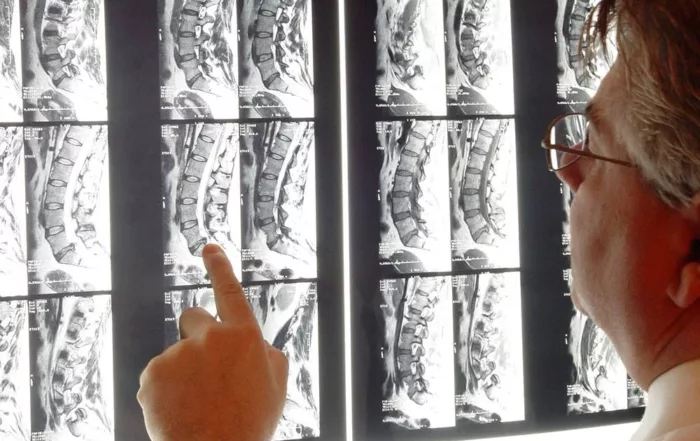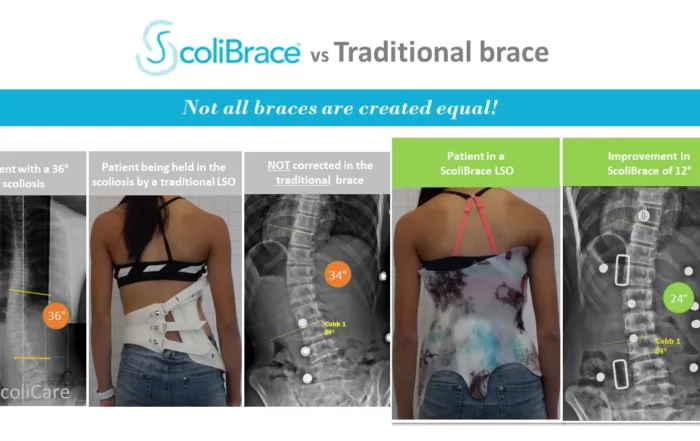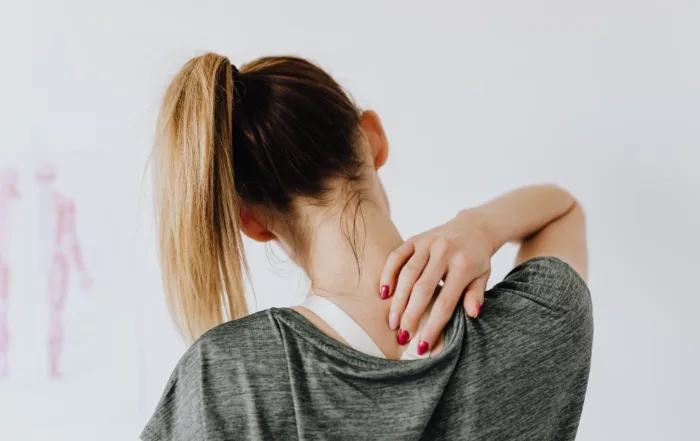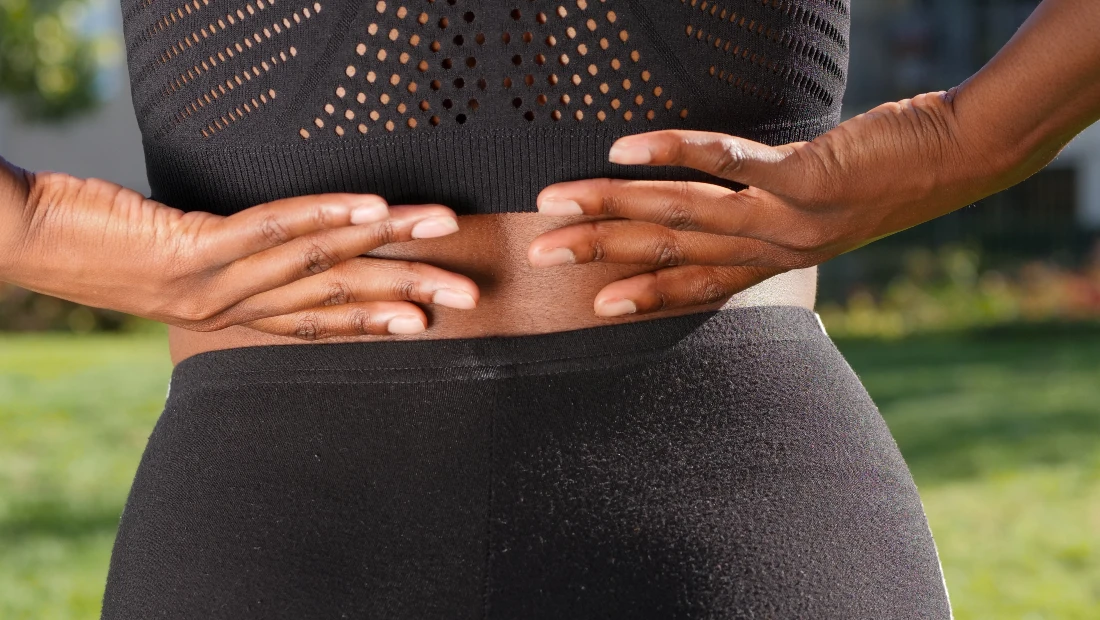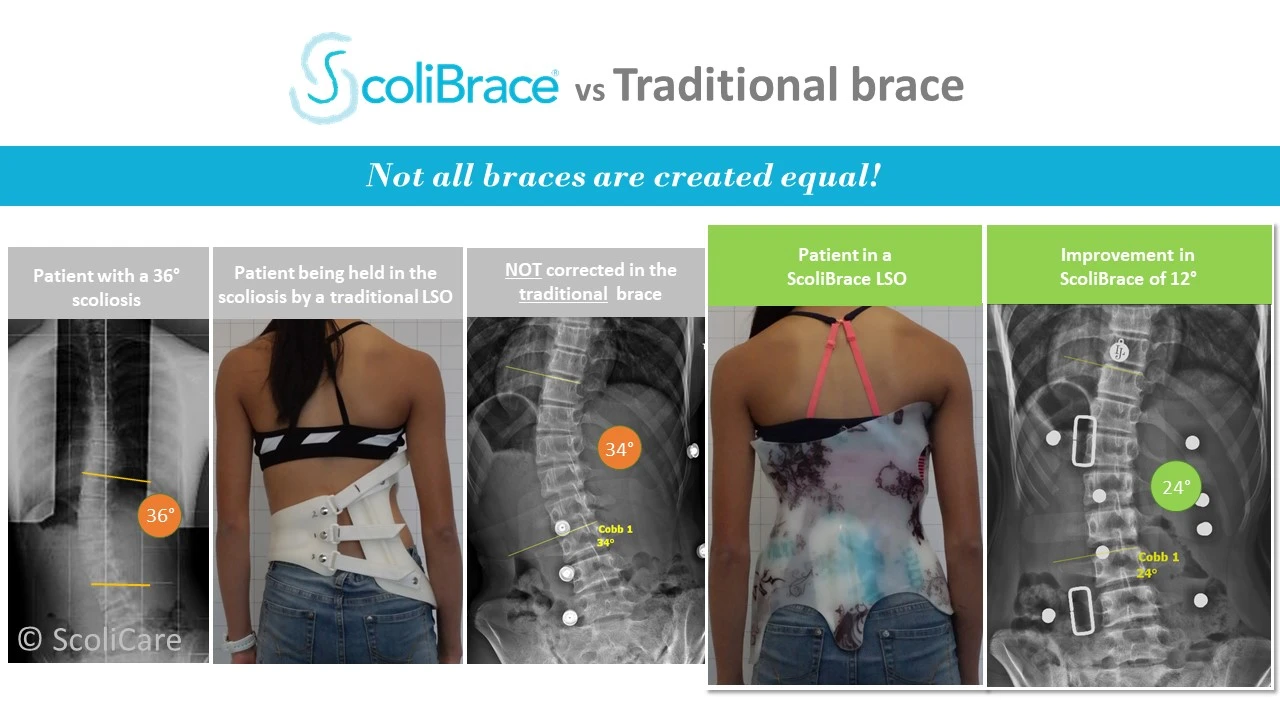Share This Story, Choose Your Platform!
Scoliosis Treatment In Adults | An Ultimate Guide
If you have been recently diagnosed with scoliosis or are a loved one of someone who has, you may be feeling overwhelmed. In many cases, scoliosis is mild and doesn’t require any treatment. However, in some cases, scoliosis can be severe and may require treatment.
This comprehensive guide will provide you with everything you need to know about scoliosis treatment in adults. Let’s get into it.
Conservative Treatment Options
Some non-surgical procedures for dealing with adult scoliosis include:
1. Working To Improve Posture
One of the primary goals of conservative scoliosis treatment is to improve your posture. This can help reduce the curve in the lumbar spine and alleviate some of the pain associated with scoliosis. Your doctor or physical therapist may recommend specific exercises and stretches to help improve your posture. They may also suggest wearing a back brace to support your spine and help hold it in proper alignment.
2. Doing Low-Impact Exercises
3. Daily Stretching
Stretching is another important part of conservative scoliosis treatment. It can help improve your flexibility and range of motion, which can help reduce pain and prevent the curve from getting worse. Your doctor or physical therapist can recommend specific stretches for you to do. They may also suggest doing them several times per day, especially if you have a lot of pain or stiffness.
4. Pain Killers
In some cases, your doctor may prescribe medication to help relieve pain associated with scoliosis. This may include over-the-counter options like ibuprofen or acetaminophen. If these don’t help, your doctor may prescribe stronger painkillers to deal with back and leg pain.
5. Spinal Injections
Spinal injections may be used for pain relief associated with scoliosis. These injections usually contain a mixture of steroids and local anesthetics. They are thought to work by reducing inflammation and numbing the nerves in the affected area.
There are a few different types of spinal injections that can be used to treat scoliosis, including:
- Epidural Steroid Injections: These are injected into the epidural space, the area around the spinal cord.
- Facet Joint Injections: These are injected into the joints that connect the vertebrae.
- Trigger Point Injections: These are injected into muscle areas that are causing pain or spasm.
- Intradiscal Injections: These are injected into the discs that cushion the vertebrae.
Spinal injections are generally safe, but there are some risks involved. The most common side effects include pain at the injection site, headache, and nausea. More severe side effects, such as infection or nerve damage, are rare but can occur.
6. Back Braces
Back braces are the most common form of treatment for scoliosis. They are usually made of hard plastic and metal, and they are designed to hold your spine in its correct position. Depending on the severity of your scoliosis, you may need to wear a back brace all the time or just during certain activities. Back braces can be uncomfortable, but they usually effectively treat scoliosis.
They are most effective when used in children and adolescents who are still growing. Wearing a back brace does not stop the curve from getting worse, but it can prevent the curve from getting bigger. Once the child stops growing, the brace is usually no longer needed.
There are different types of back braces, and your doctor will help you choose the one that is right for you.
- The most common type of back brace is called a TLSO (thoracolumbosacral orthosis). This type of brace extends from your chest to your hips and helps to hold your spine in its correct position.
- Another type of back brace is called a corset. Corsets are made of softer materials and are less bulky than TLSOs. Depending on your needs, they are usually worn under your clothes and can be adjusted to provide more or less support.
Back braces are often combined with other treatments, such as physical therapy, exercises, and pain medication.
Surgical Treatment Options
In severe cases, scoliosis surgery may be recommended to correct the curvature of the spine. This is usually only done if other conservative treatments haven’t worked and the curve is progressing or causing significant pain. Surgery is typically only recommended for adults if they have a very severe curve causing pain or difficulty with daily activities.
1. Decompression Fusion
Decompression fusion is the most common type of surgery used to treat scoliosis in adults. It involves removing part of the vertebrae to relieve pressure on the spinal cord and nerves. This type of surgery is usually combined with a spinal fusion, which uses metal rods and screws to hold the vertebrae in place while they heal.
2. Surgical Stabilization
Surgical stabilization is another option for treating scoliosis in adults. This type of surgery involves attaching metal rods and screws to the vertebrae to hold them in place. It may also include fusing some of the vertebrae.
3. Osteotomy
Osteotomy is a type of surgery that involves cutting and repositioning the vertebrae. This type of surgery is often used in conjunction with spinal fusion.
4. Vertebral Column Resection
Vertebral column resection is a type of surgery that involves removing part of the vertebrae. This type of surgery is usually only considered a last resort when other treatments have failed.
When Is Surgery Needed?
Some people with scoliosis will need surgery to correct the curvature of their spine. The decision to have surgery is based on many factors, including the severity of the curve, how quickly it is progressing, and whether it is causing pain or other problems.
People who have a mild curve (less than 20 degrees) and are not experiencing any pain or other problems may not need surgery and could fix the issue with a back brace (Scolibrace). However, they will need to be monitored closely by a doctor to ensure that the curve does not progress. People with moderate or severe curves (greater than 20 degrees) are more likely to require surgery.
The goal of scoliosis surgery is to stop the curve’s progression and improve the alignment of the spine. In some cases, surgery may also be done to relieve pain or other symptoms. There are several different types of scoliosis surgery. The best option for each person will depend on several factors, including the severity of the curve and the person’s age and overall health.
Risks Of Surgery
While the risks of spinal surgery are relatively low, potential complications can occur. These include:
- Pseudarthrosis: It refers to nonunion of the spine fusion. It may lead to the loosening of the implanted instruments.
- Infections: There is a risk of infection with any surgery. The risk is higher in scoliosis surgery because it involves the implantation of metal rods and screws into the bone.
- Neurological Problems: There is a risk of nerve damage with any surgery. In scoliosis surgery, this risk is increased because of the potential for injury to the nerves that run along the spine.
- Blood Clots: There is a risk of blood clots forming in the veins after surgery. These can be dangerous if they travel to the lungs or brain.
- Spinal Imbalance: Scoliosis surgery may cause some imbalance in the spinal column, leading to pain or difficulty walking.
FAQs
1. How Adult Degenerative Scoliosis Is Treated?
Degenerative scoliosis is treated with various methods, depending on the severity of the curve and the symptoms present. Non-surgical treatments include bracing, physical therapy, and injections. Surgery may be necessary to correct the curve if it causes pain or other problems.
2. What Are The Risks Of Surgery For Degenerative Scoliosis?
The risks of surgery for degenerative scoliosis depend on the procedure being done. However, risks include bleeding, infection, blood clots, and nerve damage. More specific risks will be discussed before surgery.
3. What Is The Recovery Time For Surgery?
The recovery time for surgery varies depending on the procedure being done. However, patients can expect to stay in the hospital for several days and then rest at home for several weeks. Physical therapy will be necessary to help regain strength and mobility.
4. What Is Spinal Stenosis?
Spinal stenosis is when the spinal canal narrows, putting pressure on the spinal nerves. This can cause pain, numbness, or weakness in the legs and back. Spinal stenosis can be caused by degenerative changes in the spine, such as those seen in degenerative scoliosis.
Conclusion
Although scoliosis in adults may be less common than in children, it is still a serious condition that should be treated as soon as possible. In this guide, we’ve outlined all of the possible treatments. We hope that this information will help you decide about your scoliosis treatment and improve your quality of life.
#ScoliosisTreatment #ScoliosisInAdults #SpineHealth #BackPainRelief
#Orthopedics #PhysicalTherapy #SpinalFusionSurgery #ScoliosisSurgery
#BackBraces #ScoliosisManagement
How Is Scoliosis Diagnosed? An Ultimate Guide
How Is Scoliosis Diagnosed? An Ultimate Guide Scoliosis is a condition that affects the curvature of the spine. It can be caused by various ...
Should I go to a chiropractor after an accident?
Should I Go To A Chiropractor After An Accident? If you've been in a ...
Degree Of Severity Of Scoliosis | Mild, Moderate, Severe
Degree Of Severity Of Scoliosis | Mild, Moderate, Severe Scoliosis is a spinal condition that can cause curvature of the spine. There are three degrees of severity ...
Scoliosis Treatment In Adults | An Ultimate Guide
Scoliosis Treatment In Adults | An Ultimate Guide If you have been recently diagnosed with scoliosis or are a loved one of someone who ...
Scoliosis Side effects: What you need to know
Scoliosis Side Effects: What You Need to Know Scoliosis, a condition that causes a severe curvature of the spine, can be a complex condition to manage. But ...
How to fix a bulging disc on your neck?
How to fix a bulging disc on your neck? How to fix a bulging disc on your neck? If that's the question in your mind, you are at ...
Address
6216 S. Redwood Rd. Taylorsville, UT 84123
